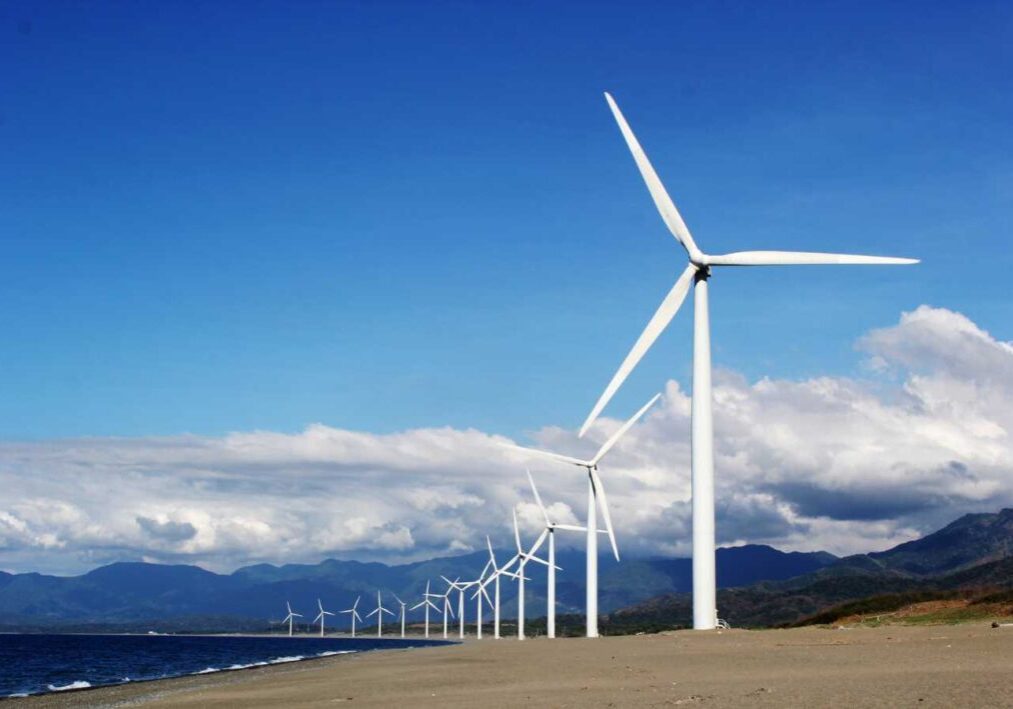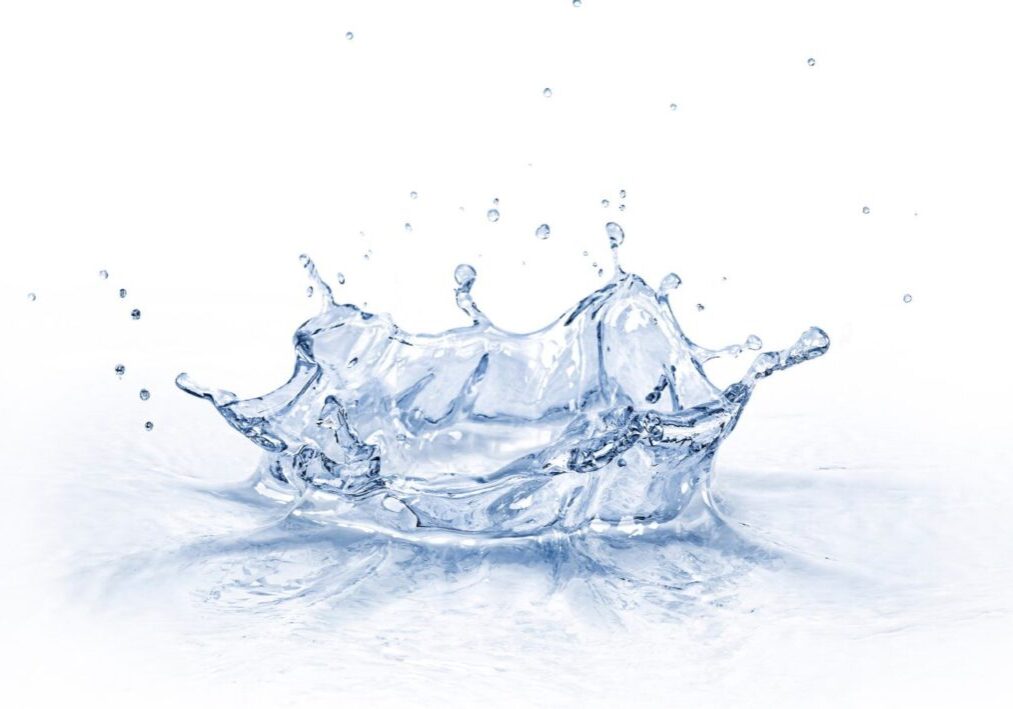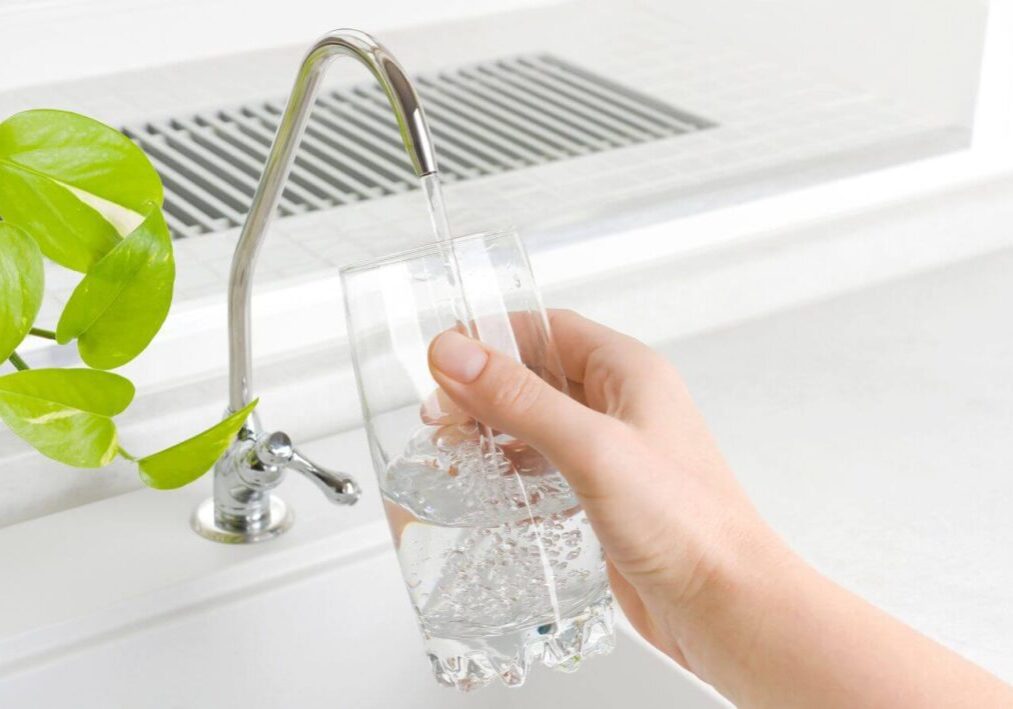22 Nov 2023
Navigating the Waters: An Overview of Washington State Water Laws
Washington State is renowned for its stunning landscapes, ranging from the rugged Pacific coastline to the towering peaks of the Cascade Range. Amidst this natural beauty lies a complex web of water laws designed to manage and protect the state's precious water resources. Understanding Washington State water laws is essential for individuals, businesses, and policymakers alike. In this article, we'll explore the key aspects of water laws in the Evergreen State.
Water Rights in Washington
One of the foundational principles of water management in Washington is the concept of water rights. Washington follows the doctrine of prior appropriation, which means that the first person to put water to beneficial use has a senior water right. This system aims to prioritize water allocation based on historical use, ensuring a fair and orderly distribution of this vital resource.
To obtain a water right in Washington, individuals or entities must apply to the Department of Ecology (DOE), the state agency responsible for managing water resources. The DOE evaluates applications based on factors such as the source of water, intended use, and potential environmental impacts. Water rights may be granted for various purposes, including domestic use, agriculture, industry, and power generation.
Instream Flow Rules
Washington's commitment to preserving the ecological health of its rivers and streams is reflected in instream flow rules. These rules establish minimum flow levels that must be maintained in specific water bodies to protect fish habitats and overall ecosystem health. The DOE works to balance the needs of water users with instream flow requirements, often through a collaborative process involving stakeholders and local communities.
Changing Water Rights
As circumstances change, individuals or entities may need to modify their water rights. This could involve altering the point of diversion, changing the place of use, or adjusting the quantity of water used. The DOE oversees the process of water right changes, ensuring that any modifications adhere to legal and environmental standards.
Water Quality Regulations
In addition to managing water quantity, Washington State places a strong emphasis on water quality. The Department of Ecology enforces regulations to safeguard water quality, addressing issues such as pollution, contamination, and nutrient levels. Entities discharging pollutants into state waters must obtain permits and adhere to strict guidelines to mitigate their environmental impact.
Drought Response and Management
With the increasing unpredictability of climate patterns, Washington faces challenges related to drought and water scarcity. The state has developed comprehensive drought response plans to address water shortages during periods of reduced precipitation. These plans involve coordinated efforts to prioritize water use, implement conservation measures, and provide support to affected communities.
Washington State's water laws reflect a commitment to sustainable water management, balancing the needs of a growing population with the imperative to protect the environment. As water becomes an increasingly precious commodity, understanding and adhering to these laws are essential for ensuring the longevity and health of the state's water resources. Whether you're a farmer, a business owner, or a concerned citizen, familiarity with Washington's water laws is crucial for navigating the complex landscape of water rights, quality regulations, and drought response strategies.
NOTE: This is not legal advice. This is distilled knowledge generally available on the internet. If you have questions about water systems in Washington State, feel free to call us for advice or refer to the resources below:
References
- "Water Rights," Washington State Department of Ecology, link ↩
- "Frequently Asked Questions - Water Rights," Washington State Department of Ecology, link ↩
- "Instream Flow Rulemaking," Washington State Department of Ecology, link ↩
- "Change a Water Right," Washington State Department of Ecology, link ↩
- "Water Quality Program," Washington State Department of Ecology, link ↩
- "Drought Preparedness," Washington State Department of Ecology, link ↩
You May Also Like



